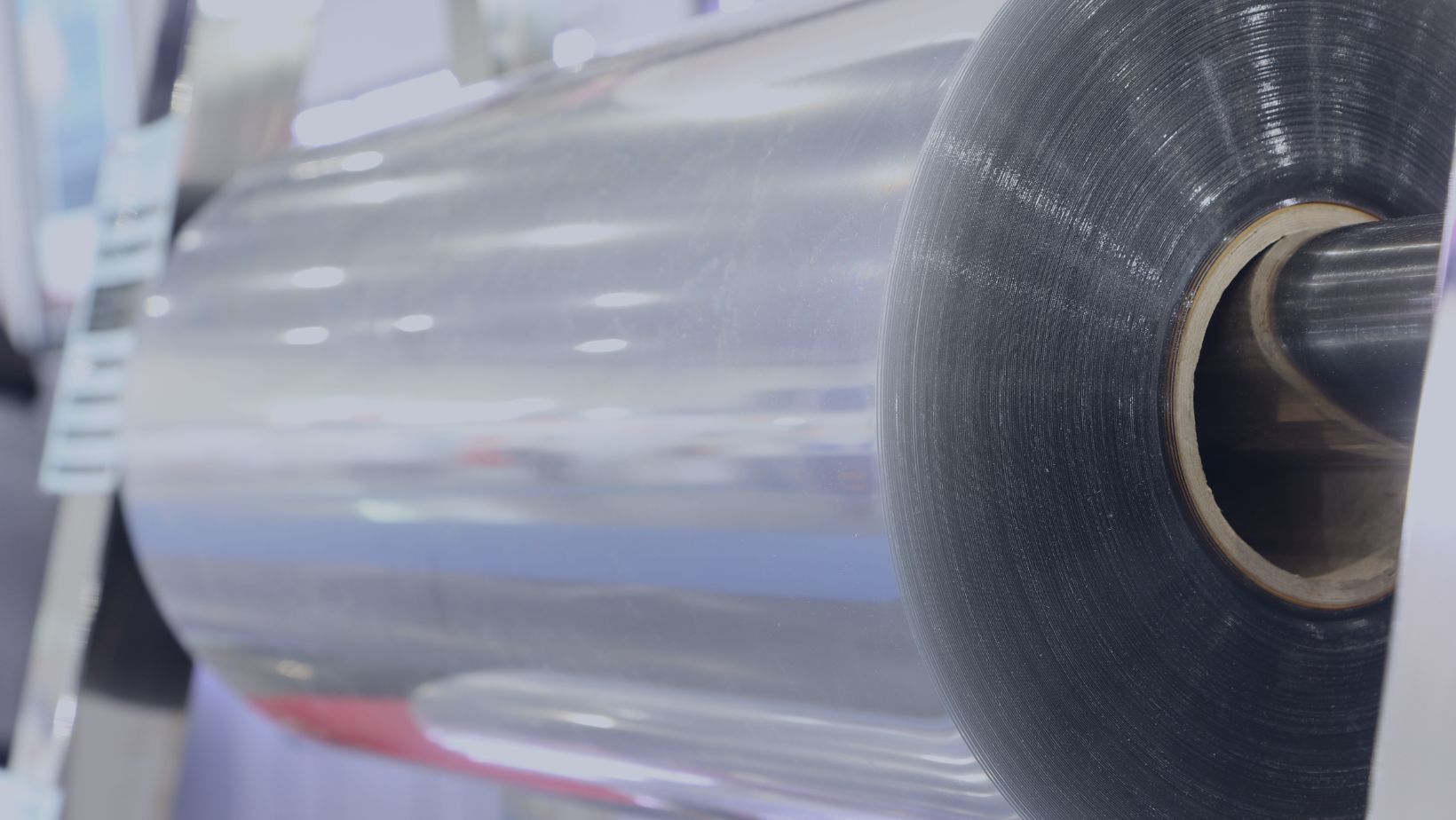
In the world of modern packaging, flexible packaging film has taken center stage due to its versatility and cost-effective nature. As businesses strive to create eye-catching and functional packaging solutions, understanding the intricate science behind film properties becomes essential. In this article, we’ll delve into the fascinating world of flexible packaging film, exploring the key properties of materials like BOPP (Biaxially Oriented Polypropylene) and polyester, and how they significantly impact the overall performance of packaging solutions.
The Foundation: Flexible Packaging Film
Flexible packaging film is a thin, lightweight material used to encase and protect products, ranging from snacks and beverages to personal care items and industrial goods. Its primary advantage lies in its adaptability, as it can be molded into various shapes, sizes, and styles to suit the specific needs of different products. This adaptability is a result of the film’s unique properties, each of which plays a vital role in determining its overall performance.
The Role of Thickness
Film thickness is a critical factor that directly impacts the performance of flexible packaging. Thicker films offer enhanced durability and puncture resistance, making them suitable for items that are heavier or more prone to damage. Thinner films, while offering cost savings and flexibility, might be more suitable for lightweight products that don’t require extensive protection.
Finding the right balance between thickness and cost is a delicate task that requires careful consideration of the product’s requirements and the intended packaging design.
Sealing Strength and Integrity
Sealing isn’t just a mere formality; it’s a fortress of freshness. BOPP takes the lead, wielding its heat-sealing to ensure your products remain impeccably preserved, immune to leakage and contamination. Polyester, of high-temperature resistance, stands tall for products that demand the ultimate sterilization shield.
Printability and Branding
In today’s competitive market, packaging goes beyond protection – it’s also a powerful branding tool. Flexible packaging film’s printability is a crucial property that allows brands to convey their identity and message effectively. BOPP’s surface is receptive to various printing techniques, including high-quality graphics and vibrant colors, ensuring that the packaging captures consumers’ attention on the shelf.
Environmental Considerations
As sustainability gains prominence, the environmental impact of packaging materials is a significant consideration. Both BOPP and polyester can be recycled, contributing to more eco-friendly packaging solutions. Additionally, advancements in biodegradable and compostable films offer promising alternatives that align with evolving consumer preferences for environmentally conscious products.
The science behind flexible packaging film properties is a complex interplay of material characteristics, thickness, sealing strength, printability, and environmental considerations. Businesses seeking to create effective packaging solutions must carefully analyze their products’ requirements and the intended market. Whether it’s the robustness of BOPP for moisture-sensitive products or the clarity of polyester for product visibility, each property serves a distinct purpose in enhancing packaging performance.
Contact Us
Have questions, inquiries, or a desire to explore the endless possibilities of packaging innovation? We’re here to assist you every step of the way. At PennPac, we believe that communication is the foundation of collaboration. Feel free to get in touch with us here for your packing solutions!
